
Whybricks Lesson Plans and Activities
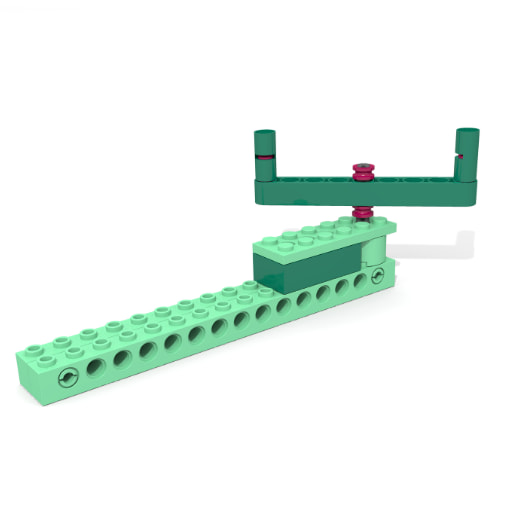
Why do objects slow down?
Students are introduced to Newton’s three laws of motion – Newton’s first law of motion (inertia), Newton’s second law of motion (F=ma) and Newton’s third law of motion (for every action, there is an equal and opposite reaction).Download instructions

Why do roads have truck escape ramps?
This investigation is all about scientific inquiry, getting students to plan and carry out investigations exploring Newton’s second law (F=ma), gravity and inclined planes.Download instructions
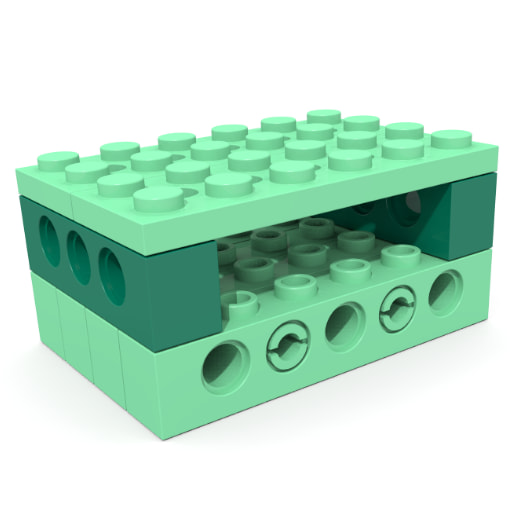
Why don’t you float away when you jump?
Students begin their exploration at the foundational level of understanding gravity as the force that ‘makes things fall down’ before moving on to learning about gravitational acceleration and air resistance.Download instructions
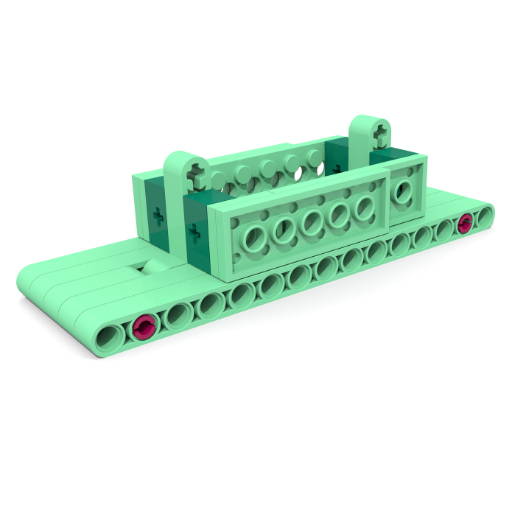
Why don’t snowboards need wheels?
This investigation is all about scientific inquiry, getting students to plan and carry out investigations to explore friction and inclined planes using two types of Whybricks snowboards.Download instructions
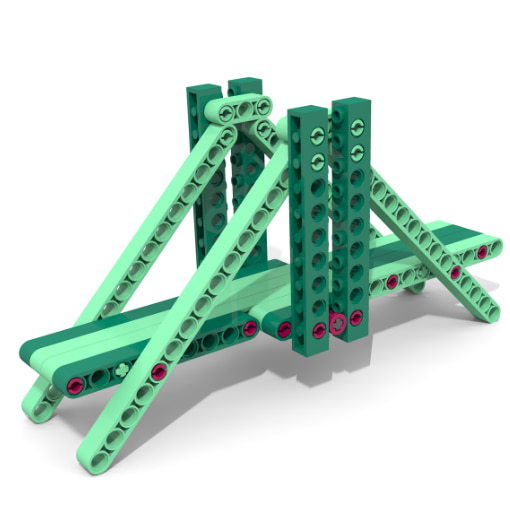
Why don’t bridges collapse in the middle?
This project investigates two forces that make bridges useful to people: normal force and tension. Students first investigate how normal force allows a bridge to support a load.Download instructions
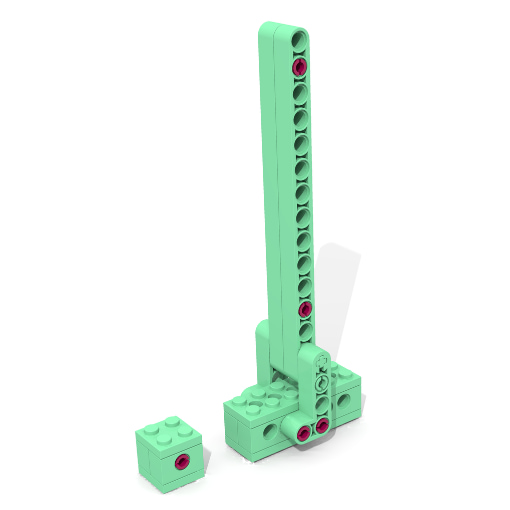
Why do swings swing?
This investigation is all about scientific inquiry, getting students to plan and carry out investigations exploring levers, potential and kinetic energy, and Newton’s second law (F=ma).Download instructions
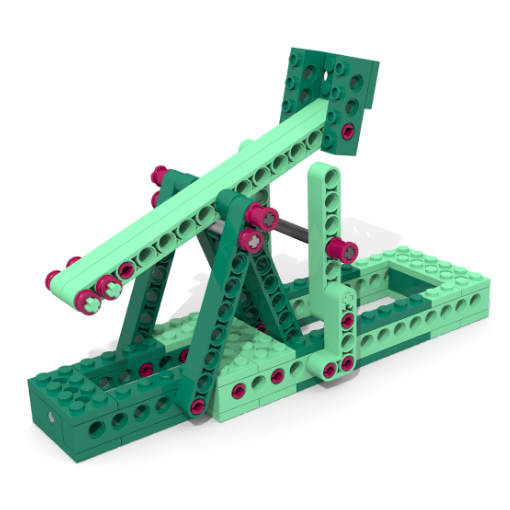
Why do rubber bands snap back?
This investigation is all about scientific inquiry, getting students to plan and carry out investigations exploring potential and kinetic energy as well as Newton’s second law (F=ma).Download instructions

Why is riding a bike faster than running?
In this investigation, students explore the fundamentals of how gears work, including mated gears of different sizes. They then work through the engineering design process as they iterate and test a design.Download instructions
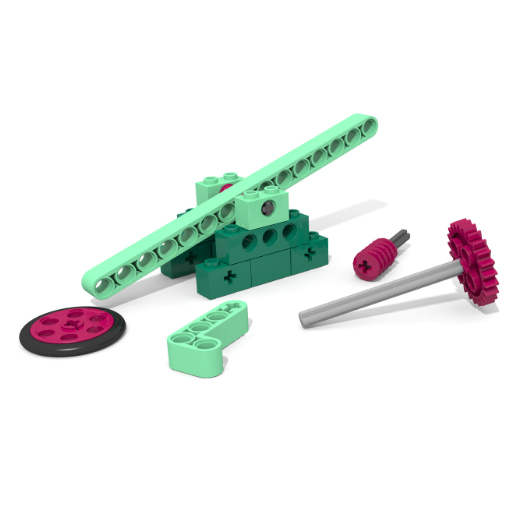
Why don’t playgrounds use motors?
This semi-open-ended lesson offers students a chance to demonstrate their understanding of physical science forces and simple machines in an engineering creation of their own design.Download instructions
©Copyright MyBrick.com.au:
LEGO® is a trademark of the LEGO Group of Companies which does not sponsor, authorise or endorse this website, the MyBrick company or related products and services.
Website Architecture by: D.D.Designs
LEGO® is a trademark of the LEGO Group of Companies which does not sponsor, authorise or endorse this website, the MyBrick company or related products and services.
Website Architecture by: D.D.Designs